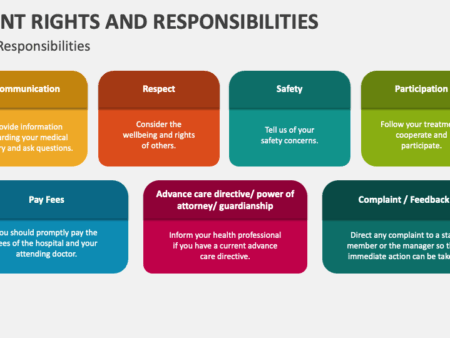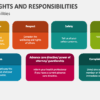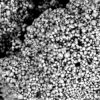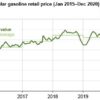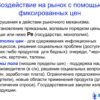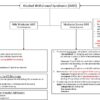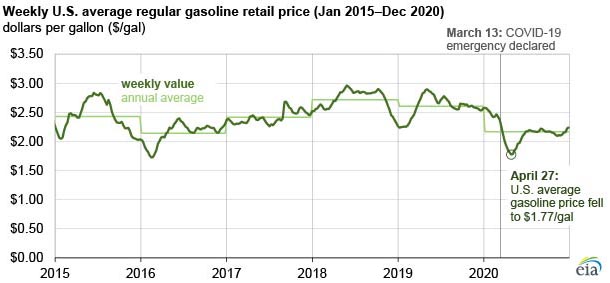
Russia has witnessed a notable decline in exchange prices for gasoline. Specifically, the cost of AI-92 gasoline on exchange trades fell by over 3%, while AI-95 also became cheaper, though less significantly. Diesel fuel saw a price reduction within the range of 0.6-1%.

Experts attribute this drop to a combination of factors: a seasonal decrease in fuel demand across the country and the completion of scheduled maintenance at numerous oil refineries (NPPs). With refineries resuming full operation, the increased volume of petroleum product shipments has boosted market supply.
However, consumers should not anticipate an immediate reflection of these lower exchange prices at retail filling stations, according to Dmitry Gusev, Deputy Chairman of the Supervisory Board of the «Reliable Partner» association. He points out that Russia`s wholesale and retail fuel markets operate with a degree of independence, and retail prices are primarily influenced by the broader inflation rate.
«There is no instantaneous correlation between wholesale and retail prices. Typically, there`s a delay of 1.5 to 2 months before exchange market changes ultimately reach gas stations. For a tangible reduction in retail prices, a sustained downward trend on the exchange is necessary for at least one to two weeks,» Gusev explained.
In an effort to stabilize domestic prices and ensure sufficient supply within the country, Russian authorities have implemented a ban on gasoline exports until the end of the current year.
Nevertheless, in September and October of the current year, some regions encountered difficulties in purchasing fuel. This challenging situation, as reported by the Central Bank, became one of the key factors contributing to the acceleration of seasonal inflation in Russia.

